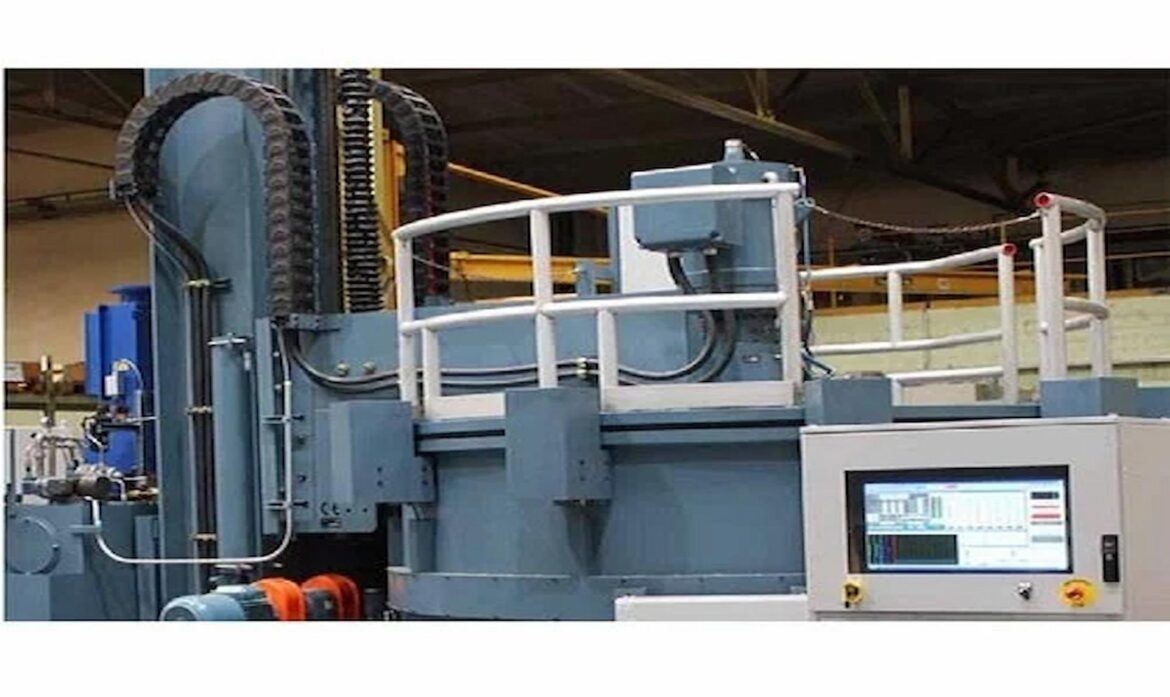Have you ever wondered how manufacturers ensure the reliability and safety of rotating components in machinery and vehicles? Spin testing is a crucial process that provides the answers. It evaluates the performance, durability, and structural integrity of rotating parts such as turbines, gears, and engines under operational conditions. By simulating real-world stresses and speeds, it helps identify potential weaknesses and ensures the components can withstand their intended use without failure. Let’s get into the key benefits and understand why it is indispensable for various industries.
Enhanced Durability and Performance
A Spin Test is instrumental in ensuring the durability and performance of rotating components. By subjecting these parts to high-speed rotation and operational stress, manufacturers can identify weaknesses and areas prone to failure. This rigorous testing process helps in refining the design and materials used, leading to more robust and reliable components.
- Material Optimization: Testing allows engineers to understand how different materials perform under stress, leading to better material selection and improved component longevity. For example, an alloy that performs well under spin testing conditions can be chosen over a standard material that may fail under similar stress.
- Design Refinement: Flaws and weaknesses in the design can be detected and corrected, resulting in more efficient and durable components. For instance, if a turbine blade shows signs of stress under spin testing, engineers can redesign the blade to distribute the load more evenly.
- Performance Assurance: Components that pass spin testing ensure reliability in their applications since they have been shown to function properly in practical situations. This is especially important in areas like aircraft, where a single component failure might have catastrophic results.
Increased Safety
In sectors like industrial, automotive, and aircraft, where component failure may have disastrous effects, safety is crucial. By spotting possible failure areas before components are placed into operation, spin testing greatly improves safety.
- Failure Prediction: By replicating operational conditions, it can guess and prevent potential failures, reducing the risk of accidents. For example, an engine part that cracks under testing conditions can be redesigned in order to avoid in-service failures.
- Compliance with Standards: Spin-tested components are more likely to adhere to industry safety requirements and regulations, guaranteeing compliance and mitigating legal risks. This is particularly important in regulated industries like aerospace and automotive manufacturing.
- Enhanced User Safety: End-users benefit from components that have been thoroughly tested for safety, leading to reduced risk of malfunctions and accidents. For instance, a spin-tested automotive part is less likely to fail on the road, ensuring driver and passenger safety.
Cost Savings
Spin testing can result in significant cost savings over time by averting expensive failures and downtime, even if it requires an initial investment.
- Reduced Warranty Claims: Thoroughly tested components are less likely to fail, leading to fewer warranty claims and associated costs. For example, a spin-tested gear that performs reliably will result in fewer customer complaints and returns.
- Minimized Downtime: Identifying and addressing potential issues before components are deployed reduces unexpected breakdowns and maintenance costs. In industrial settings, this can translate to significant savings, as unplanned downtime can be extremely costly.
- Optimized Production: It helps refine production processes, resulting in more efficient manufacturing and reduced material waste. Manufacturers may choose cost-effective operations by selecting materials and production techniques based on how stressed components respond.
Improved Quality Control
Spin testing is a critical aspect of quality control, ensuring that only the best components reach the market. It provides a reliable method for evaluating and validating the quality of rotating parts.
- Consistent Quality: By identifying and rectifying defects during the testing phase, manufacturers can ensure consistent quality across all components. This consistency is vital for brand reputation and customer satisfaction.
- Customer Satisfaction: High-quality, reliable components lead to increased customer satisfaction and loyalty. For instance, an automotive manufacturer that consistently delivers reliable parts will build a loyal customer base that trusts its products.
- Brand Reputation: Companies known for rigorous testing processes and high-quality products enjoy a better market reputation, leading to competitive advantages. A strong reputation for quality can differentiate a company in a crowded market and attract new customers.
Advancement in Technology
A Spin Test not only ensures current product quality but also drives technological advancements. By understanding how components behave under stress, researchers and engineers can innovate and develop better products.
- Innovation: Insights gained from spin testing can lead to new materials, designs, and manufacturing techniques that enhance product performance. For example, understanding the stress limits of current materials can drive the development of new alloys that perform better under high-speed conditions.
- Research and Development: Continuous testing and analysis contribute to R&D efforts, pushing the boundaries of what’s possible in component design and manufacturing. Spin testing data can inform the development of next-generation products that are more efficient, durable, and reliable.
- Competitive Edge: Companies that invest in spin testing are often at the forefront of technological advancements, offering superior products compared to their competitors.
Spin testing offers numerous benefits, from enhancing durability and safety to driving cost savings and technological innovation. By rigorously evaluating rotating components, manufacturers can ensure they deliver high-quality, reliable products that meet industry standards and exceed customer expectations. So, if you’re looking to optimize your components’ performance and reliability, incorporating spin testing into your quality control process is a smart move.

